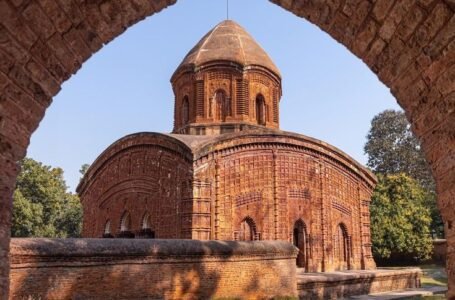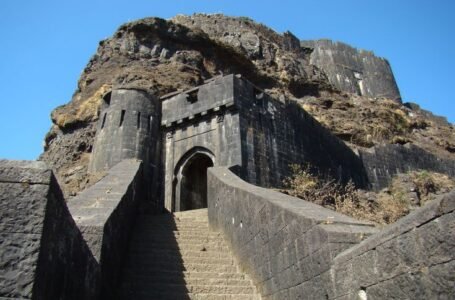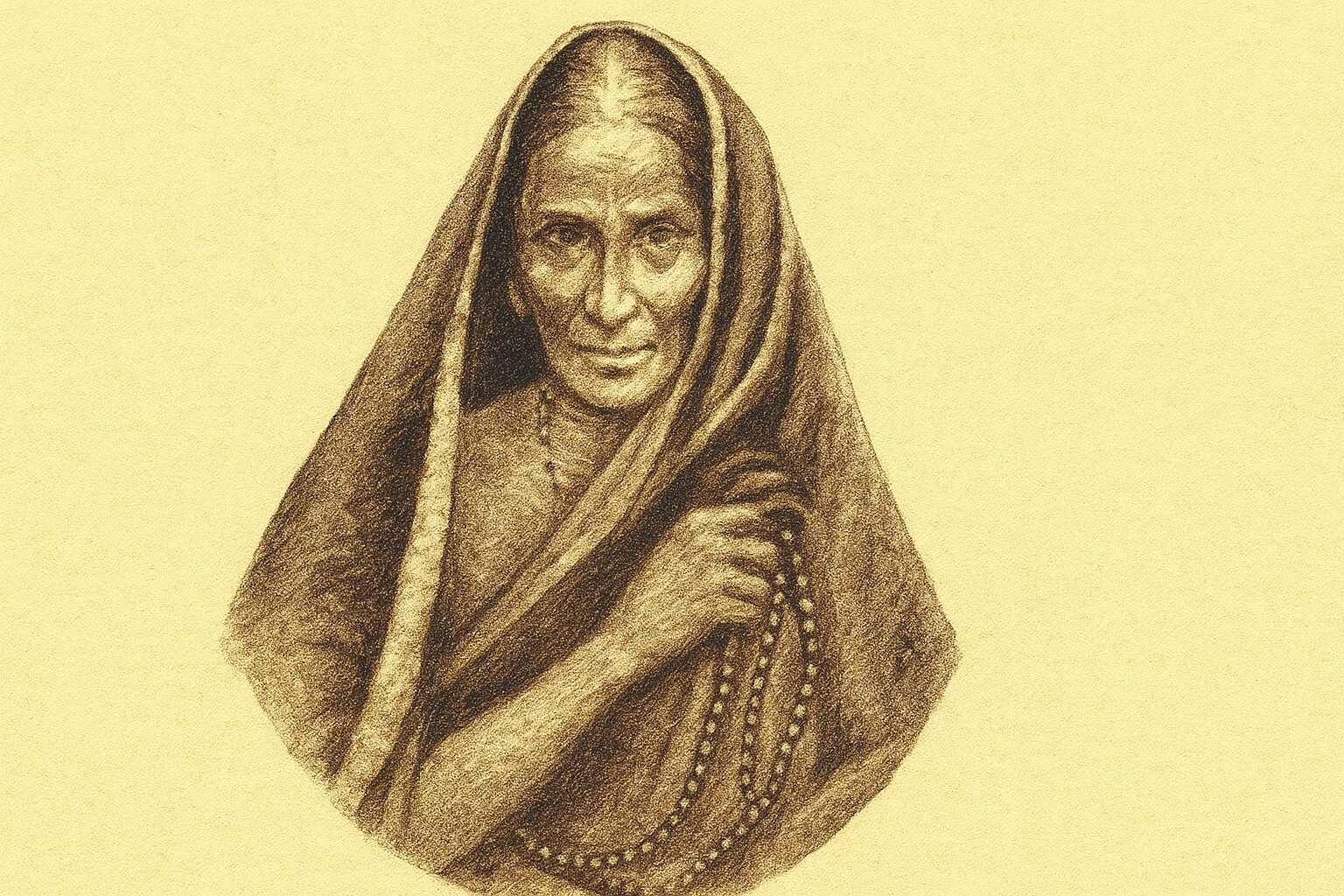The Cavern of El Castillo: After the Beginning of Creative Activities
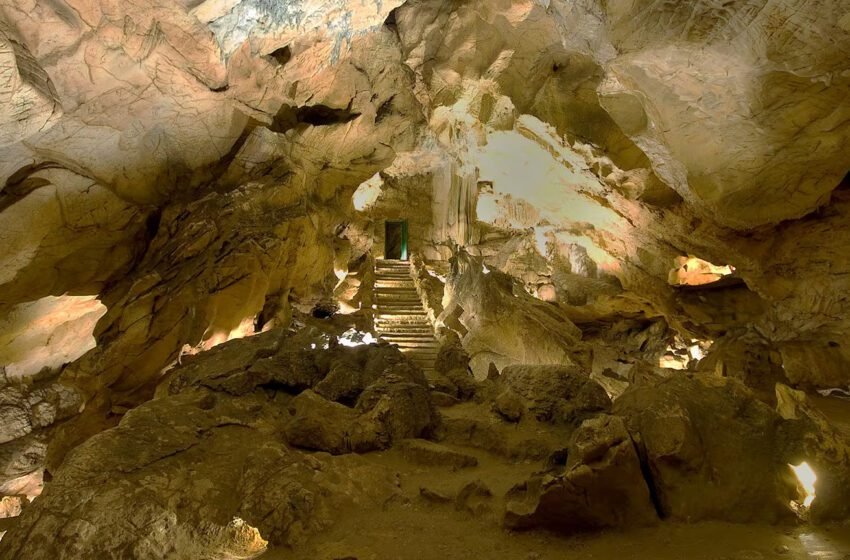
Cosily positioned at the foothills of the limestone precipices there positioned in the delightful region of Cantabria, Spain, is a site of colossal for universally verifiable and historical significance; known as the Cavern of El Castillo. As this delicate caves, which host some of the most beautiful ancient talents ever recorded, provides a glimpse of mankind earliest depiction of creativeness, the paintings and etchings that beautify it are not art and carving undertakings but a realization of the mental and symbolic frontiers of our forefathers. While choosing the set of experiences, landing, and investigating the Cavern of El Castillo, we come across an extraordinary record of significant number of years history that furnishes the audience with important fragments of data about the characters of the individuals who once lived in these caverns.
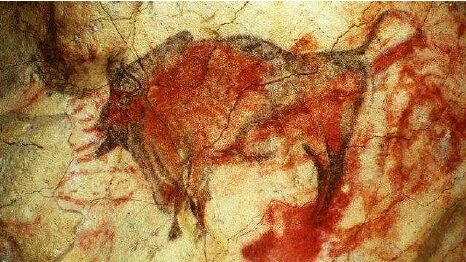
The Cavern of El Castillo is one of the numerous Paleolithic sites found in the Cantabrian space of northern Spain which is wealthy in Paleolithic creations. The actual cavern is part of a larger network of caves called the Monte Castillo caves; it is note worthy that this group consists of several caverns such as Las Monedas, La Pasiega and Las Chimeneas. The locale has an interesting topography was described as broad limestone arrangements; this set the right conditions for preservation of these timeless fine arts.
Formerly, El Castillo’s experience as an archeological site begun pretty actively in the middle of the twentieth century. The exploration of the cavern began in 1903, it was discovered by a Spanish prehistorian named Hermilio Alcalde del Río who played a very crucial role in revealing the existence of the cavern. The cavern quickly got worldwide consideration because of its astounding determination of paleolithic artworks and engravings, a number of that have been later determined to be some of the oldest acknowledged examples of cavern artwork on the planet.
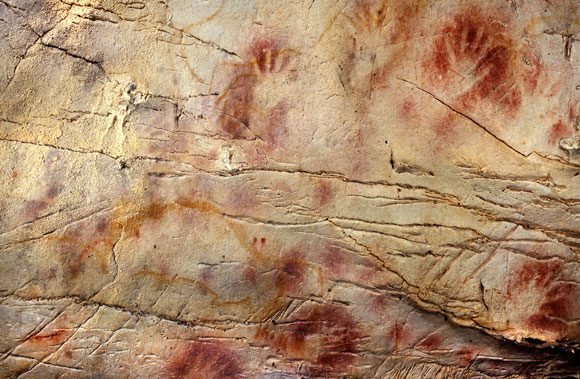
The artifacts’ crafting at the El Castillo dates back to various epochs of the Upper Paleolithic ranging from 40, 000 to tens of thousand years ago. This large period also encompass such significant social and mechanical changes among early human beings particularly the Neanderthals and early Homo sapiens. Those changes are reflected in the craft of the cavern and it provides a unique insight into the evolution of the human idea and speech.
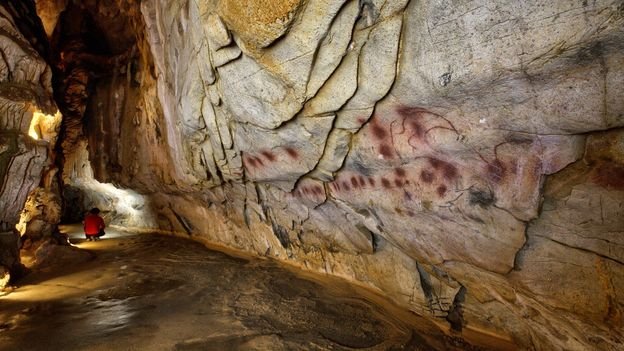
Journey
To really appreciate the value of the meaning of the Cavern of El Castillo one has to take a trip back in time – a trip that brings us back to an era when those who emerged as early people roamed around in the face of the earth hunting and gathering to survive. In the area of the cavern, mounted in slopes of Monte Castillo, would have provided shelter and a view of the surrounding landscape for these old people groups.
As soon as one sets foot into the cavern, it become quite clear that the place has a rich history. The walls get differentiated creative expressions, from bare handed imprints to complex representation of animals. Very striking are the red ochre imprints which are approximately 40 000 years old and over. These impressions are among the most seasoned realized cases of emblematic workmanship, and therefore, proposing that early people were equipped for conceptual completions and correspondence pictures.
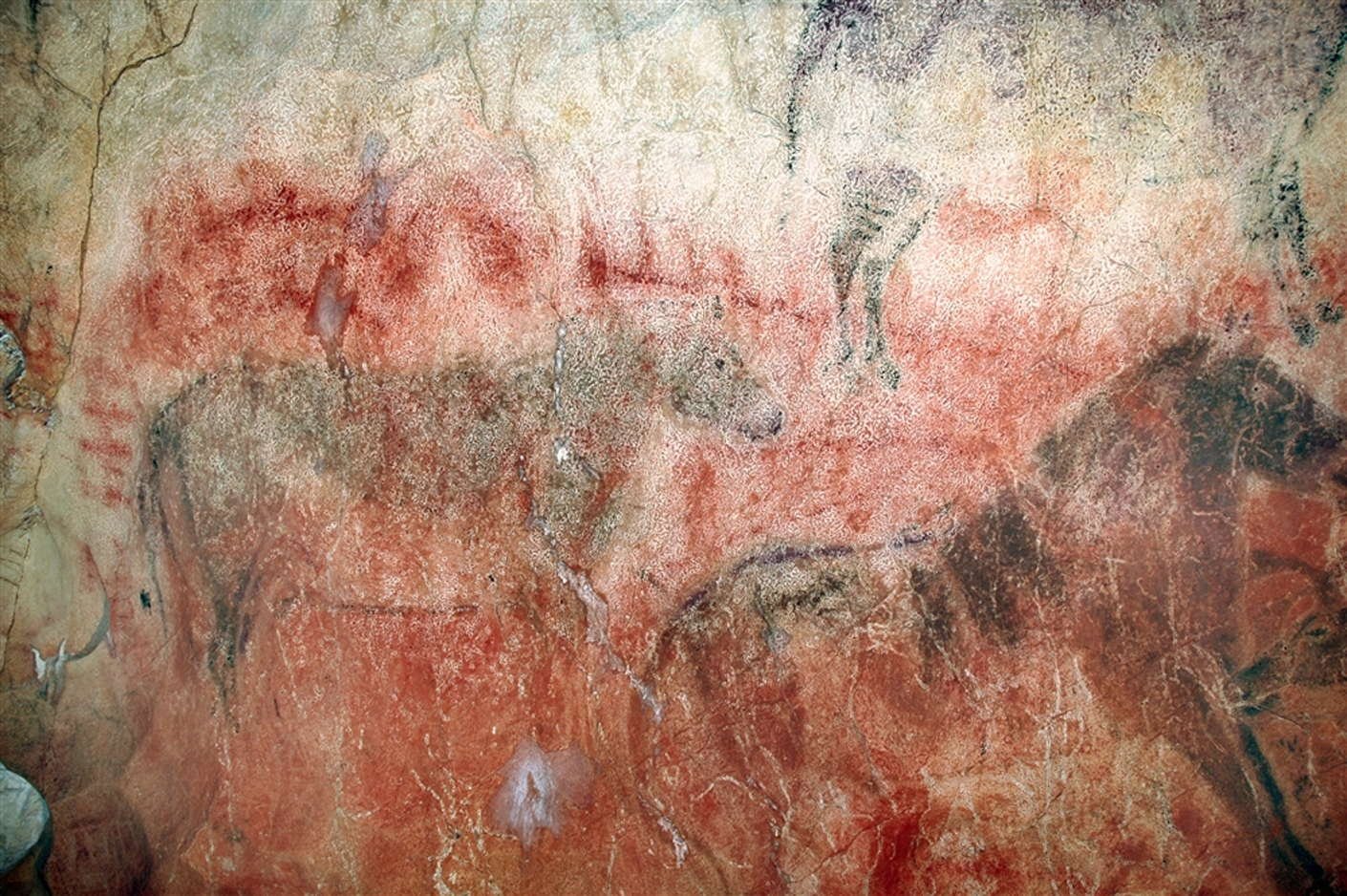
This visit through the cavern reveals a points of propagation of imaginative types and techniques. The initial artworks somewhat primitive, consisting solely of hand shaped imprint and splash. Of course, with the passage of time, one began to encounter even more difficult works, such as those containing depictions of buffalo, ponies and deer. They may have been essential for people who made these fine arts as, on the one hand, the food source, and on the other – the reflection of the reality that surrounded them.
Interestingly, one of the main attractions of Cavern of El Castillo is how the specialists employed tendencies of the normal forms of the rock mass in their work. In some cases the state of the actual stone was incorporated in the plan, thus creating a three-fold, which definitely enriches the aesthetic plane and generates greater depth to pictures. This method indicates a better understanding of the creative norms and the frequent environment.
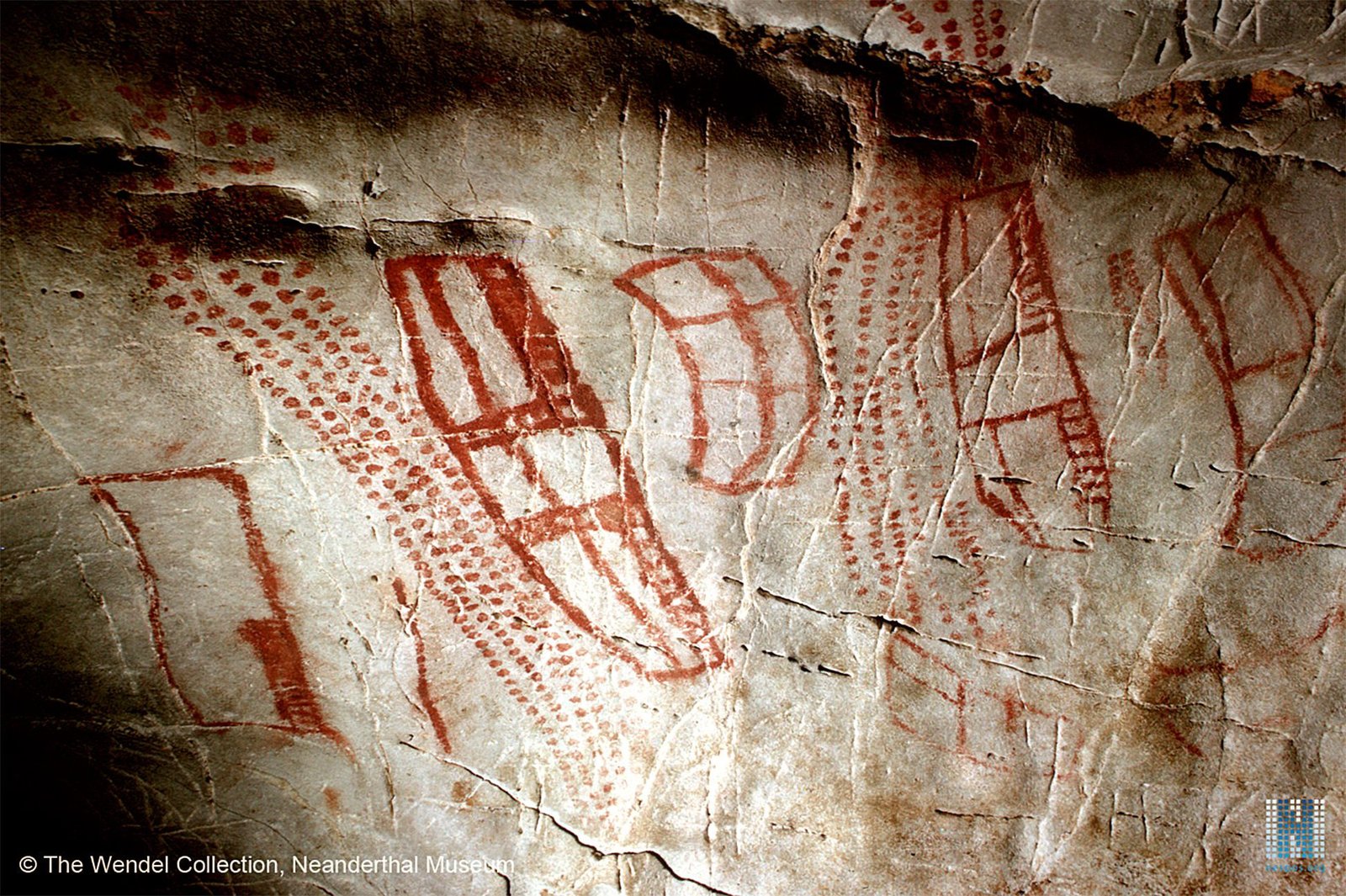
Excavation
The traditional excavation of the Cavern of El Castillo began right after it was discovered at 1903 by Hermilio Alcalde del Río and his team of archeologists. These first inspections focused largely on announcing the variety of the crafts inside the cavern and on planning the chambers and sectors in the cavern.
Over the course of the twentieth 100 years, archeological strategies improved; correspondingly, the scholarly look at El Castillo developed. In the course of the 1950s and 1960s new techniques for instance radiocarbon datation appeared that allowed specialists to pinpoint age of the paintings of the cave and its inscriptions considerably more accurately. Such examinations demonstrated that part of the fine arts were a lot more seasoned than before thought, and deductible the history of human fine art by several thousands of years.
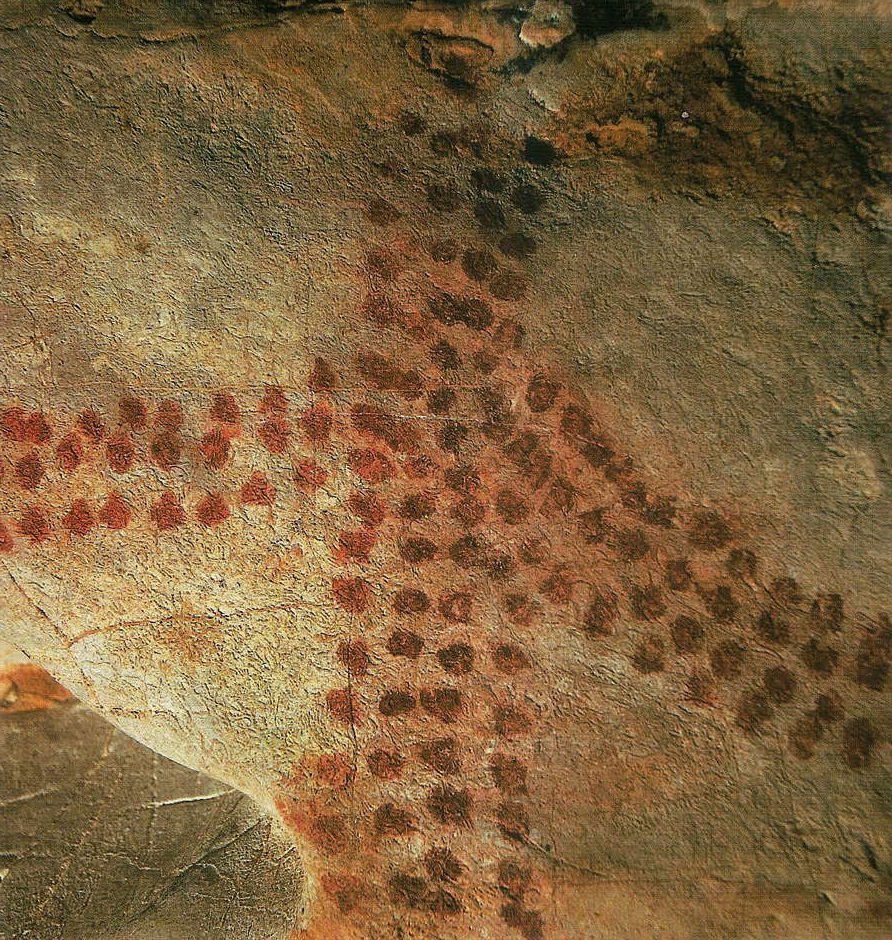
One of the most significant discoveries, which was made during the dismantling of El Castillo was that the cavern was inhabited by the two Neanderthals and early Homo sapiens and this was a proof that they were possessed. This finding challenged previous assumptions regarding Neanderthals for capabilities for making symbolic art. Their presence jointly inside the cavern complicates how one might view evolution of human beings or social change.
In recent time, advancement in technology has also enhanced our ability to focus on the Cavern of El Castillo. Digital hacking and evaluating at an extremely high goal have empowered the analysts to make PC based referential models of the inside of the cavern, ensuring its craftsmanships for humans and in addition for enabling profound underlying investigations regarding the techniques used by the antiquated artists. The subsequent mechanical advancements have also helped to reveal artwork what had hitherto remained unseen because the organization of the caves offered so many other layers of chambers.

Conclusion
The Cavern of El Castillo can hardly be referred to as an archeological site; indeed, it is a means to get into the distant past of people’s lives and their brains. The ornaments that decorate it walls are a testimony of the mental and symbolic frontiers of early people showing how they were able to communicate, signify and interact with their environment beyond existence.
As we move forward to learn and research more about the Cavern of El Castillo it not only deepens our understanding of one’s own array of experiences but also enhances the value of resourcefulness and creativity of those who came before us. To sum up, the cavern serves as an update that art, in its various manifestations, is an inherent part of the individuals’ activity — the way they communicate with each other and the environment.
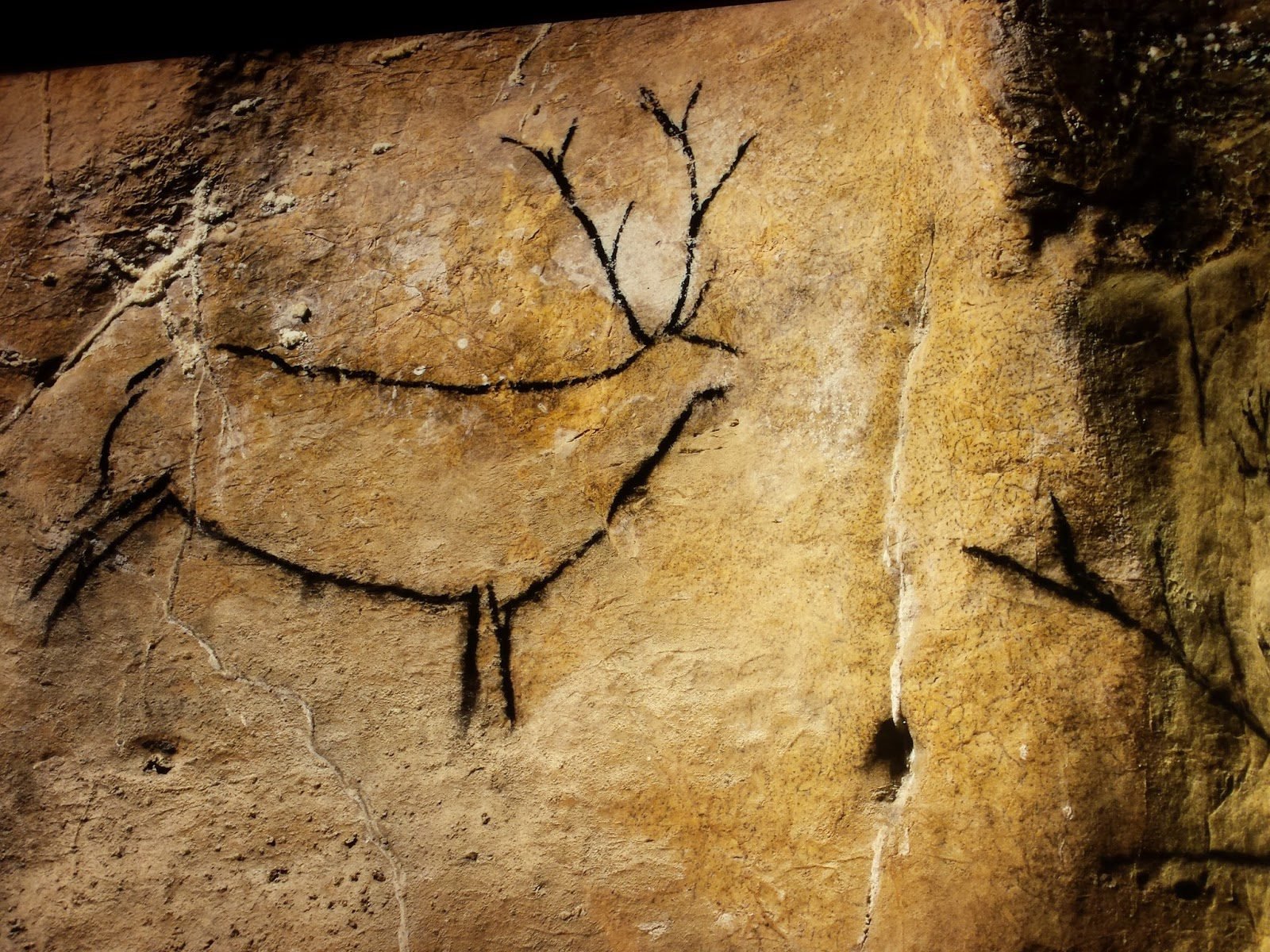
The tour of the Cavern of El Castillo is one that brings one back into actuality of real culture; here, one gets a fleeting glimpse into the dawn of conceptual performance. It is extremely reassuring to realize that even an outing assists us in remembering that paintings and different structures indicate that people can rise about any obstacle through workmanship, never communicating that different from us who have occupied this Earth at one time or another. Staying here, among these old masterpieces of craftsmanship, one feels that despite the vast gap in years and environment, one of the strongest desires which has ever driven people remains unvanquished even now – the desire to create, to share and to leave a mark on the universe.
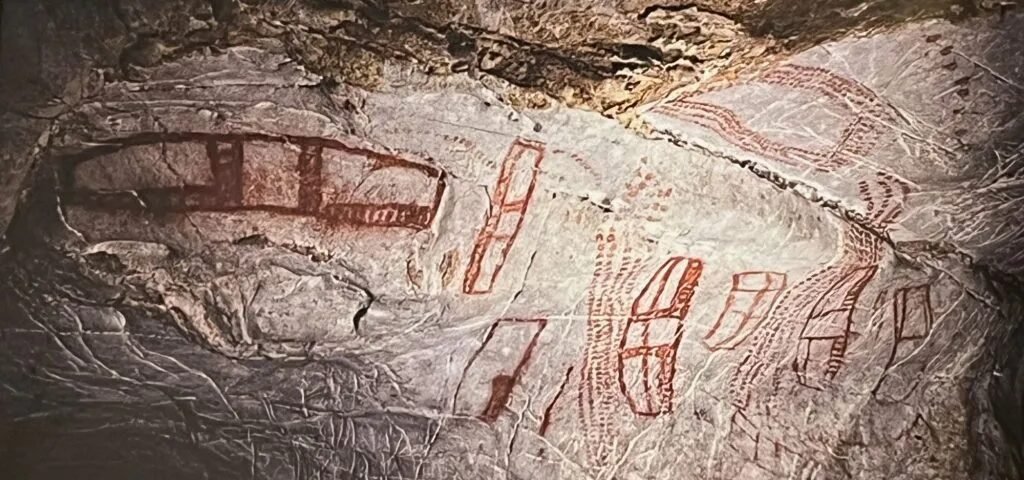
The Cavern of El Castillo stays a mother load of information and motivation, where over a wide span of time combine in a festival of human imagination. As we proceed to investigate and gain from this momentous site, we are helped to remember the significant associations that tight spot every one of us to the old specialists who previously decorated its walls, abandoning an inheritance that proceeds to motivate and enthrall us today.
